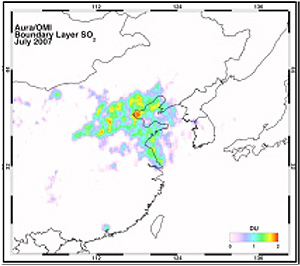
Chinese sulfur dioxide (SO2) emission controls were given a major strengthening in the 11th Five-Year-Plan.
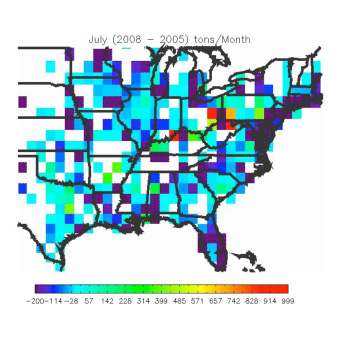
Regulations have resulted in reduced NOx emissions from major point sources over much of the Eastern US as shown by OMI's Continuous Emission Monitoring System data.
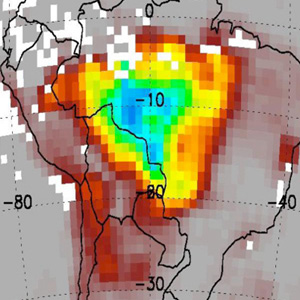
OMI observes large decrease of South American biomass burning in 2008
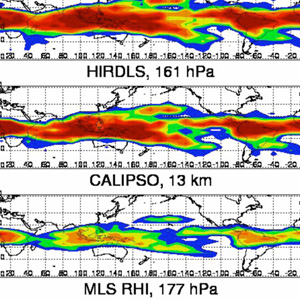
High thin clouds are difficult to detect from space. The first comprehensive climatology of thin clouds has been developed with the HIRDLS limb viewing infrared radiometer.
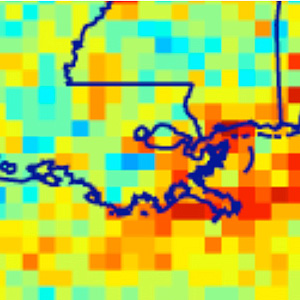
Hurricanes Katrina and Rita caused a significant reduction in nitrogen dioxide emissions.
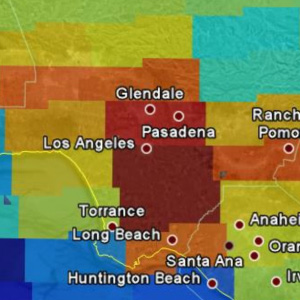
Aggressive air quality regulations of emission reductions show results in Aura's OMI imagery.
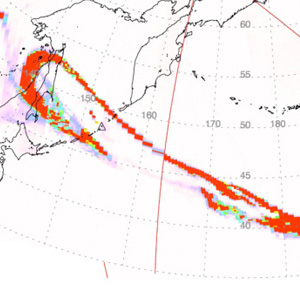
The eruption of Sarychev Peak (Kurile Islands) in mid-June 2009 produced a large stratospheric sulfur dioxide cloud that spread rapidly eastward in strong jet stream winds.